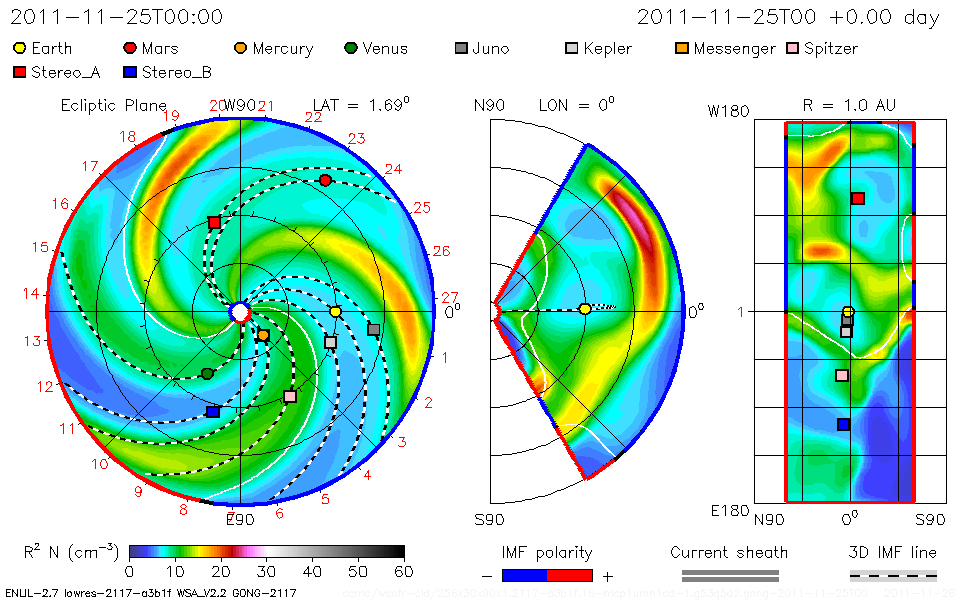I watched this short video of a solar flare captured by SDO on New Year’s Eve. The video was on today’s APOD. They compared the prominence to a ballet:
Of particular interest is the tangled magnetic field that directs a type of solar ballet for the hot plasma as it falls back to the Sun.
The sun is approaching solar maximum sometime soon. In some circles, scientists believe we may already have passed the maximum which will prove to be a disappointment to greenbats. It will also disappoint some Ham radio operators who delight in ionospheric radio propagation which is enhanced by solar activity.





